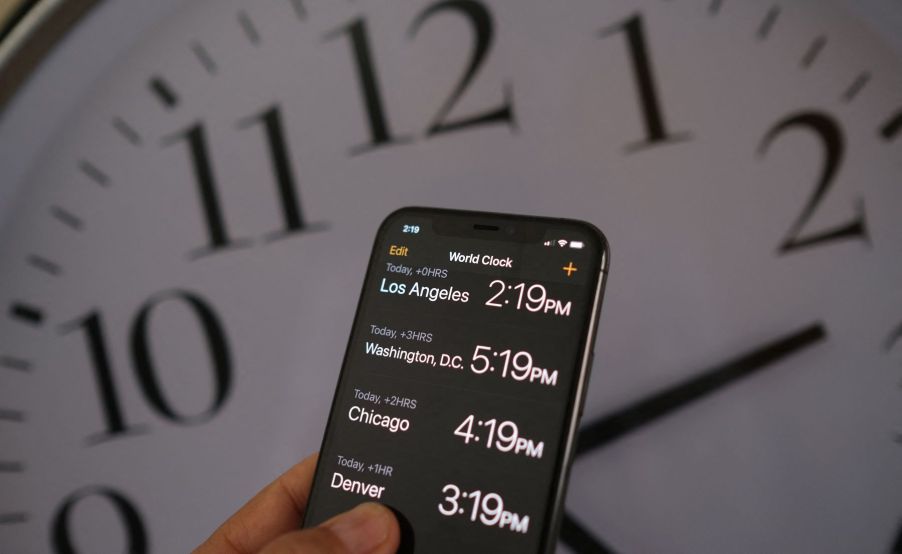
Daylight Saving Time Has Caused Increases in Car Accidents
Each year, most Americans “spring ahead” and “fall back.” It may seem like a regular inconvenience. Some people enjoy the fact that their kids can go to school when the sun is up or that they have more time to enjoy daylight after work.
Still, for all the convenience it may offer, there is a downside to this yearly tradition. Evidence has proved that it not only interrupts our sleep schedule and routines but that Daylight Saving Time has caused increases in car accidents. Whether because of the sun’s position or the interruption to your normal routine, you must focus on safe driving to prevent fatal car accidents.
The history behind Daylight Saving Time

The concept first came to be in World War I. In April 1916, Germany and Austria were the first to conserve fuel by lessening the nighttime hours. The U.S. followed suit two years later.
During World War II, it was President Franklin Roosevelt who brought back Daylight Saving Time, though it was called “War Time.” After this, states could choose if they wanted to observe it. However, it caused mass confusion for broadcasting companies, railways, airlines, etc.
It wasn’t until the Uniform Time Act of 1966 that virtually every state would spring ahead or fall back. The only two exceptions are Arizona and Hawaii because they opted out during this early phase before President Nixon enacted the Emergency Daylight Saving Time Energy Conservation Act of 1973 on Jan. 4, 1974.
The downside to DST
Although it may be good in theory, Daylight Saving Time can significantly upset your body’s natural routines. It takes time for you to adjust to things when daylight is changed by an hour.
Studies have shown that Daylight Saving Time is brutal for heart health and may increase driver fatigue. In fact, according to Business Insider, hospitals report a 24% spike in heart attacks in the spring around the time that clocks move forward and a drop in the fall of approximately 21%.
Business Insider also states, “Researchers estimate that car crashes in the U.S. caused by sleepy daylight-saving drivers likely cost 30 extra people their lives over the nine years from 2002-2011. The problems don’t stop there. DST also causes more reports of injuries at work, more strokes, and may lead to a temporary increase in suicides.”
The Sunshine Protection Act could replace Daylight Saving Time
Though there are 195 countries in the world today, only 70 observe Daylight Saving Time. Soon, that number could become 69.
Reuters has announced that the U.S. Senate has passed new legislation to make Daylight Saving Time permanent, possibly as soon as 2003. This means that clocks will not switch the way they do now. Instead, we will get to enjoy more daylight in the evenings for road trips, shopping, and other adventures.
The Sunshine Protection Act is not set in stone. It must still get through the House of Representatives before President Biden can sign it. There is also no indication of whether President Biden supports the idea.
Since 2015, 30 states have tried to put an end to it. Recently, Representative Frank Pallone of the House Energy and Commerce Committee chairman stated, “The loss of that one hour of sleep seems to impact us for days afterward. It also can cause havoc on the sleeping patterns of our kids and our pets.” He goes on to state that a 2019 pole proves that 71% of Americans want to stop changing their clocks.
Despite the most common theory that by having more daylight in the evening, Americans will have more time to get out and do the things they want to do, which could boost the economy, the National Association of Convenience Stores opposes the change. Their theory is that we shouldn’t do it because kids will be going to school in the dark.


